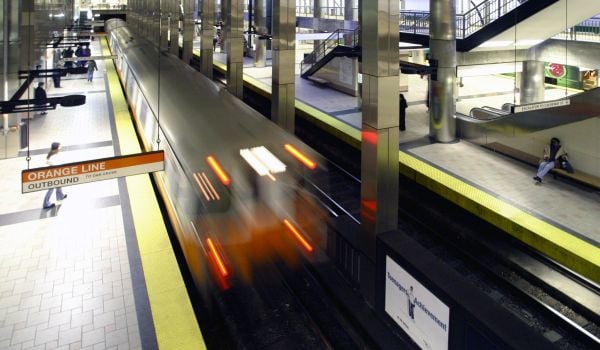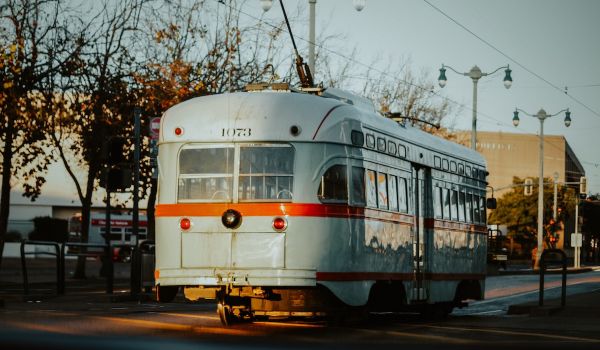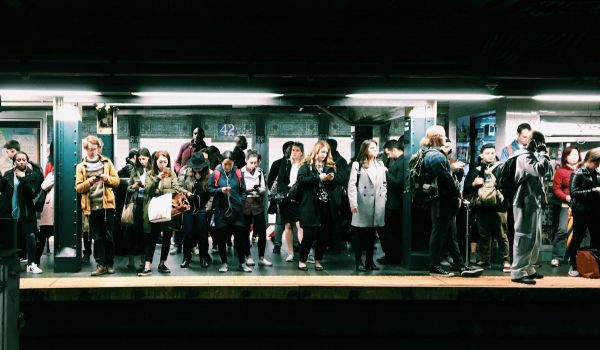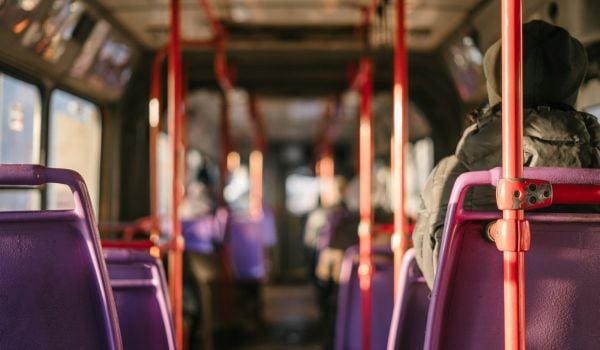Just in time for the holidays, Congress has given cities, state highway departments and transit systems an eagerly anticipated present in the form of the first true multi-year transportation bill since 2005. The timing of the passage of the Fixing America’s Surface Transportation Act (FAST Act) is perhaps no coincidence either, for it’s something of a Christmas tree, filled with baubles placed on it by various advocacy groups, including low-income housing advocates.
Several features of the bill should bring joy to mass transit operators, advocates for transit-oriented development, city transportation officials and Amtrak.
For the mass transit operators, the FAST Act increases overall funding for transit projects by 17 percent over the bill’s five-year lifespan. The biggest winner of the various transit assistance programs is the Bus and Bus Facilities program, whose funding will rise 62.5 percent in the bill’s first year and nearly 90 percent over the five-year timeframe. In addition, the popular Bus Discretionary Grant program has come back from the dead, and $53 million has been set aside for low- and no-emission bus purchases.
Transit-oriented development advocates will appreciate a significant revision in the low-interest loan program known as the Transportation Infrastructure Financing and Innovation Act, or TIFIA. The FAST Act extends the scope of TIFIA to encompass transit-oriented development projects around transit stations and lowers the minimum threshold for TIFIA loans to $10 million, enabling smaller projects to qualify.
City transportation officials, who have over the past few years parted company with their state counterparts over issues of roadway design, have their positions affirmed in the FAST Act, which contains a provision allowing local governments to use alternative road and street design manuals in designing federally assisted construction and repair projects. This provision is a significant endorsement of the “complete streets” approach codified in the design manual created by the National Association of City Transportation Officials (NACTO). Of all the pro-urban provisions in the FAST Act, this one may be the most important, as it now means that streets can be designed with goals other than moving cars down them quickly uppermost.
Local governments will also get more money to spend as they wish on transportation projects they consider important, with a 55 percent rise in what’s known as “suballocated funds” over the five years. Metropolitan areas with populations under 200,000, however, will still have to defer to their state’s transportation department priorities.
Amtrak can take some comfort in the inclusion of intercity passenger rail in the bill, the first time a federal transportation bill has specifically included funding for such service. However, the amount of Amtrak funding authorized in the bill is greater than what’s actually allocated, which means that passenger rail advocates will have to compete against other interests for the rest.
City bus and rail vehicle operators also got something in the bill, thanks largely to the efforts of the largest of the mass transit workers’ unions, the Amalgamated Transit Union. The section of the FAST Act dealing with public transportation safety standards includes a provision calling for the secretary of transportation to develop rules designed to reduce assaults on transit operators, a problem that has grown over recent years.
There are some lumps of coal tossed in with the shiny ornaments, however.
Along with the expansion of TIFIA loans comes a cut in the program’s total funding, from $1 billion in fiscal 2015 to $275 million in each of the first two years, $285 million in year three and $300 million in each of the last two years.
The federal match for the popular New Starts grant program has also been cut from 80 to 60 percent. This, however, is better than the 50 percent match that had been contained in the House version of the bill.
Some other potentially negative changes for cities proposed in the House version were kept out of the final bill as well. The most important deletion preserves the ability of metropolitan planning organizations to “flex” highway dollars for other transportation projects. However, a similar provision was attached to the section allocating funds for transportation alternatives such as pedestrian and bicycle paths as well. The net effect of these two changes, though, is to maximize the ability of cities and metropolitan regions to plan and fund transportation projects according to their own priorities.
Perhaps the worst feature of the bill, though, is how it pays for everything. In refusing to even contemplate a hike in the 18.4-cents-per-gallon gas tax, the FAST Act has in effect put the notion of a Highway Trust Fund to rest. A good portion of the bill’s funding comes from accounting tricks and a future sale of oil from the Strategic Petroleum Reserve.
There are a number of other provisions in the bill that will either gladden or sadden supporters of various transportation programs, and various advocacy groups have weighed in with their own analyses of the FAST Act.
The American Public Transportation Association has a good summary of the bill’s mass transit provisions here.
The National Association of Railroad Passengers assesses the bill’s intercity rail provisions here.
Transportation for America offers its interpretation of the overall bill’s good and bad points here.
Want to see the FAST Act by the numbers? The Eno Center for Transportation has them, broken down by program and by state.
Know of a project that should be featured in this column? Send a Tweet with links to @MarketStEl using the hashtag #newstarts.
The Works is made possible with the support of the Surdna Foundation.

Next City contributor Sandy Smith is the home and real estate editor at Philadelphia magazine. Over the years, his work has appeared in Hidden City Philadelphia, the Philadelphia Inquirer and other local and regional publications. His interest in cities stretches back to his youth in Kansas City, and his career in journalism and media relations extends back that far as well.
Follow Sandy .(JavaScript must be enabled to view this email address)

















